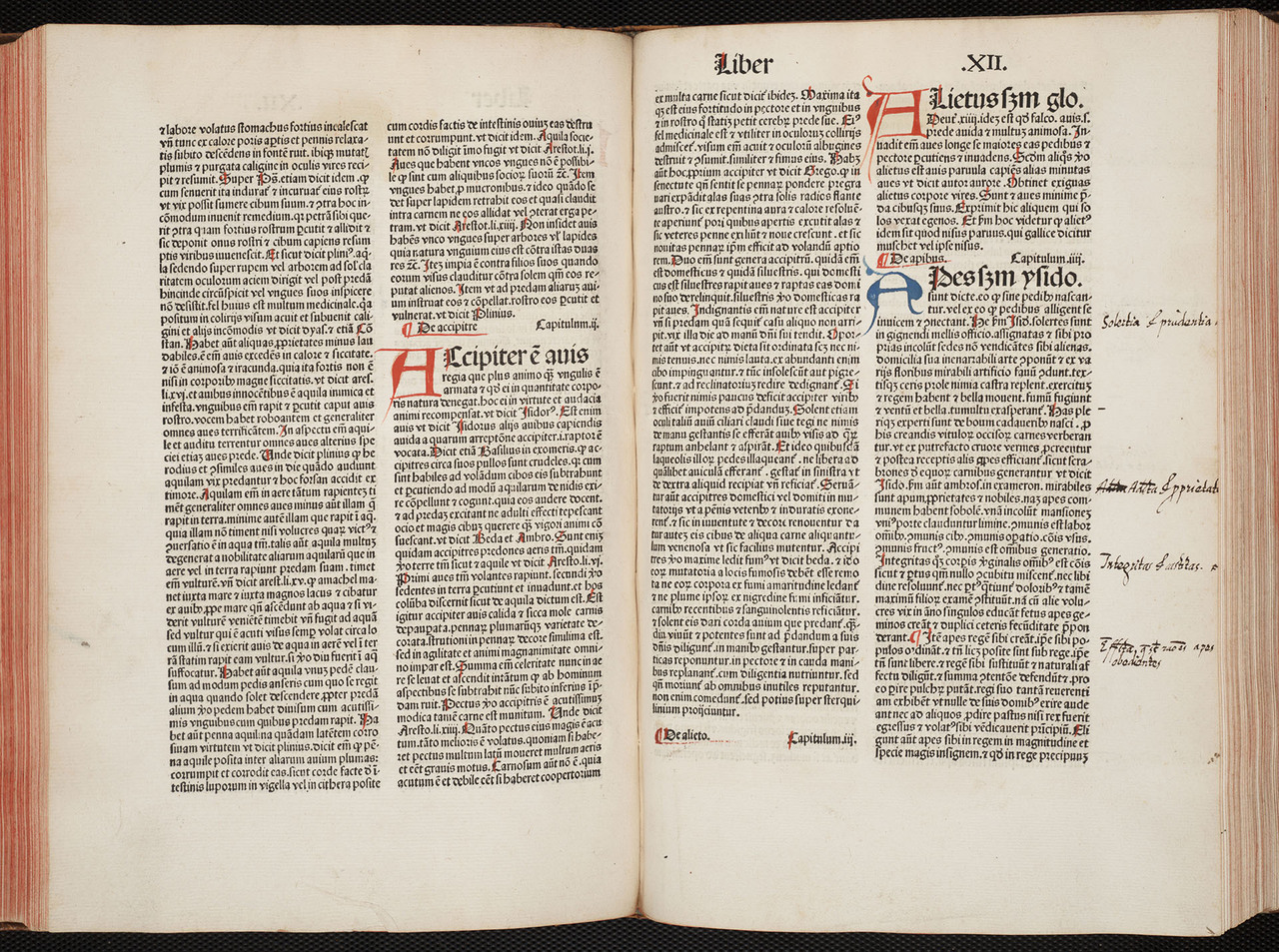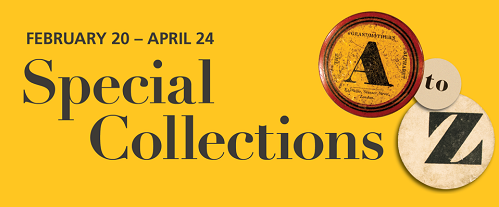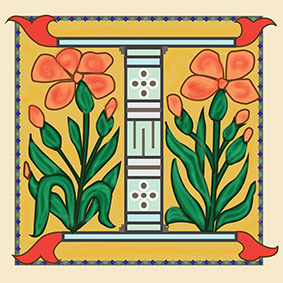I is for incunabula
Incunabula, literally from the cradle of printing, are books printed within the first 50 years of the invention of the printing press.
The first printing press was built by Johannes Gutenberg in Mainz, Germany, around 1455. By the end of the 15th century there were presses established across Europe.
The library has 20 specimens of incunabula, which are part of our collection on the history and evolution of the printed book.
![Apuleius. [Metamorphoses] Apuleius. [Metamorphoses]](http://omeka.tplcs.ca/virtual-exhibits/files/fullsize/57172eb869c03c314a8023898ddfe402.jpg)
Metamorphoses
Apuleius, 125-180 AD
Rome: Conrad Sweynheyn and Arnold Pannartz, 1469
Special Collections in the Arts
Sweynheym and Pannartz are credited with bringing Gutenberg’s printing press to Italy. Their press, established in Rome, chiefly printed classical works.
This page, with its single column of text, wide margins and hand-drawn illumination, is similar to earlier illuminated manuscripts. The typeface has evolved to a more rounded font, less like the bold, black Germanic type of Gutenberg.

De proprietatibus rerum (On the properties of things)
Bartholomeus Anglicus, 1203-1272
Nuremberg: Antonio Koberger, 1483
Special Collections in the Arts
This is a Latin edition of an encyclopedia of theology, astrology and natural history originally written by Bartholomew the Englishman in the 13th century. In the margins you can see where a previous owner added his own commentary.
Antonio Koberger introduced the printing press to Nuremberg, Germany. He printed the Nuremberg Chronicle, an illustrated history of the world recognized as one of the finest specimens of incunabula.
Explore more!
In this video, Steven Shubert shares another specimen of incunabula from the collection.

